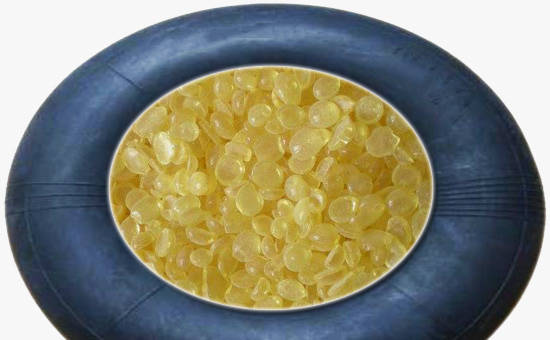
At present, there are three kinds of vulcanization systems commonly used in butyl rubber products, such as sulfur, antimony and resin. Generally, butyl inner tubes, waterproof materials, rubber linings are mostly sulfur vulcanized, butyl cables and sealants are vulcanized, and butyl hydrotalels are used. More choice of resin vulcanization. Then in the actual production, butyl water tire as a typical butyl rubber product, why choose resin vulcanization, which compounding agent will be used in the vulcanization system, how much is suitable for 1JLYY821?
The resin vulcanization system is a non-sulfur vulcanization system, and is more common in butyl rubber products, natural rubber products, styrene-butadiene rubber products, neoprene products, and nitrile rubber products, especially butyl rubber products. When butyl rubber or butyl reclaimed rubber is used to produce a butyl water tire, the resin is vulcanized, and the vulcanized rubber has better heat aging resistance, chemical stability and flex resistance.
The use of resin-vulcanized butyl rubber or butyl reclaimed rubber will form carbon-carbon cross-linking bonds. The vulcanized rubber has high thermal stability, heat resistance and steam resistance, and can better meet the performance requirements of butyl water tires. Extend the life of the water tire. There are four types of vulcanizing agents and vulcanization aids commonly used in butyl hydrotalid resin vulcanization systems:
1 Alkyl phenolic resin: The compound used in the butyl water tire is vulcanized with a reactive alkyl phenolic resin, which has a high reactivity;
2 Zinc Oxide: Zinc halide can be formed during the reaction. The zinc halide can be used as a catalyst in the butyl hydrotalid resin vulcanization system to promote the vulcanization reaction. The dispersibility of zinc oxide can also improve the performance and life of the butyl tire.
3 brominated hydrocarbon cresol novolac resin: improve the vulcanization flatness of the rubber compound;
4 Stannous chloride: The butyl rubber itself has low unsaturation. The addition of a halogen-containing compound such as stannous chloride can activate the vulcanization of the resin, and as an active agent, the reactivity of the entire resin vulcanization process is improved.
When the alkyl phenolic resin, zinc oxide, brominated hydrocarbon cresol resin and stannous chloride are vulcanized in the production process of butyl water tire, usually 10 parts of alkyl phenolic resin needs to be combined with 5 parts of zinc oxide and 12 parts. The brominated hydrocarbon cresy resin and 4 parts of stannous chloride have excellent aging resistance, superheated steam resistance and compression set resistance.
When pure butyl rubber is used to produce butyl water tires, when butyl reclaimed rubber is used to reduce the cost of raw materials, the amount of each compounding agent in the vulcanization system in the butyl water tire formulation should be appropriately adjusted.
Exclusive original article [commercial authorization] reprint, excerpt and excerpt in any form are prohibited without written authorization. Focus on Hongyun rubber: learn the process formula and raw material technology of producing rubber products from recycled rubber to help you reduce costs and increase profits